Yeonwoohouse [Korea Quality] / 연우하우스 [한국관광 품질인증]
1.1 Km 14047 2023-09-12
5-13 , Bukchon-ro 12-gil, Jongno-gu, Seoul
+82-2-742-1115
Yeonoo House is a quiet and cozy traditional hanok in Bukchon Hanok Village, Jongno, Seoul. There are two small rooms, each with its own bathroom. Residents can access a superb panoramic view of Bukchon Hanok Village by mounting a ladder up to the roof. As Yeonoo is an old building, careful attention is paid to hygiene management. Gyeongbokgung Palace, Cheonggyeonggung Palace, and Changdeokgung Palace are all nearby.
Seongbukdong Dwaejigalbi (성북동 돼지갈비)
1.1 Km 9211 2019-12-24
115, Seongbuk-ro, Seongbuk-gu, Seoul
+82-2-764-2420
In business for more than 40 years, Seongbukdong Dwaejigalbijip has become a local legend thanks to its simple but savory menu. Pork served at the restaurant is marinated overnight in a special sauce, which infuses the meat with rich flavors that are released when the meat is grilled and the fat drips off. The restaurant’s main dishes include dwaeji galbi (grilled pork ribs) and dwaeji bulgogi baekban (set meal with bulgogi meat grilled over the fire).
Bukchon Hanok Village (북촌한옥마을)
1.1 Km 1026638 2024-05-17
37, Gyedong-gil, Jongno-gu, Seoul
+82-2-2148-4161
Surrounded by Gyeongbokgung Palace, Changdeokgung Palace and Jongmyo Shrine, Bukchon Hanok Village is home to hundreds of traditional houses, called hanok, that date back to the Joseon dynasty. The name Bukchon, which literally translates to "northern village," came about as the neighborhood lies north of two significant Seoul landmarks, Cheonggyecheon Stream and Jongno. Today, many of these hanoks operate as cultural centers, guesthouses, restaurants and tea houses, providing visitors with an opportunity to experience, learn and immerse themselves in traditional Korean culture. As Bukchon Hanok Village is an actual neighborhood with people's homes, visitors are advised to be respectful at all times while looking around.
London Bagel Museum Anguk Main Store (런던베이글뮤지엄 안국점)
1.1 Km 0 2024-02-20
20 Bukchon-ro 4-gil, Jongno-gu, Seoul
London Bagel Museum is a bagel specialty shop adorned with a wooden-tone interior and a garland in the shape of the British flag. The bagels are made using the traditional British method of fermenting the dough, boiling it, and then baking it in the oven. Jambon butter sandwich bagel, made with sesame bagel filled with ham and butter, is a signature menu item.
Moonguesthouse(문게스트하우스)
1.1 Km 17151 2024-06-20
31-18, Samil-daero 32-gil, Jongno-gu, Seoul
+82-2-745-8008, +82-10-8704-9981
The Moon Guesthouse is situated near a number of interesting tourist destinations including Unhyeongung Palace (3min on foot), Bukchon Hanok Village (5min on foot), Changdeokgung Palace (5min on foot), and Changgyeonggung Palace (10min on foot). The guesthouse was named ‘moon’ (‘door’ in English) because it has many 176 doors and windows. Upon entering by the gate, visitors will see a ‘ㄷ’-shaped hanok building in the courtyard, in which a wooden bedstead and a table are placed. On the opposite of the hanok building there is a wall roofed with tiles engraved with Korean patterns such as deer, pine, turtle, etc. Flowers in the flowerbed lined up along the wall are in bloom and the bonsai are also well-kept in the house. Renovated and opened as a guesthouse in September 2011, Moon Guesthouse consists of a bonchae (main building) and a byeolchae (detached house). The rooms are decorated with red clay and hanji (traditional Korean paper handmade from mulberry trees), and have under-the-floor heating (ondol). Each room is equipped with an air-conditioner, and has a 40cm-thick layer of red clay over the ceiling for insulation, making the rooms cool in summer and warm in winter. The house has seven individual guestrooms and five modern bathrooms, but the entire building (bonchae or byeolchae) can be rented, too. In particular, the unhyeondang of the bonchae is very popular as it can be converted into one large space for special events, group workshops, etc. simply by opening all the sliding doors (Bunhapmun – Goryeo construction style). This room, which is decorated with a flower-patterned windscreen, a landscape painting, and calligraphy, has been used as a shooting location for various TV programs including KBS2’s TV reality program Man’s Qualification and its variety show The Human Condition. The guestrooms are also equipped with traditional furniture including a cabinet inlaid with mother-of-pearl. The guesthouse also provides a variety of experience programs from 11am to 3pm, including tea ceremony, wearing Hanbok (traditional Korean clothes), making kimchi and gochujang (red chili paste), playing a traditional musical instrument, making a rubbing of a stone inscription, calligraphy, drawing orchids on a fan, and so on. The house has about seventy hanbok and other clothing accessories, as well as a royal costume. Its calligraphy and drawing orchid programs are run directly by the owner, who used to work as a classical Chinese teacher at a high school.
Gahoe Museum (가회민화박물관)
1.1 Km 27464 2022-08-30
52, Bukchon-ro, Jongno-gu, Seoul
+82-2-741-0466
Opened in 2002, Gahoe Museum exhibits folk paintings and amulets reflecting the lifestyle and wishes of the Korean people from ancient times. Inside the Hanok gallery, visitors can immerse themselves in the traditions of Korea, including old paintings depicting people's lifestyle in the past and religious beliefs, and roof tiles in the shape of humans or goblins. Visitors will also find folding screens and religious objects used in the past that show skills and knowledge of Korean ancestors.
Bukchon Cultural Center (북촌문화센터)
1.1 Km 41875 2021-05-31
37, Gyedong-gil, Jongno-gu, Seoul
+82-2-2133-1371
Bukchon Cultural Center, located in a hanok, was established to offer traditional cultural experience opportunities for visitors to the area. The programs include tea ceremony, handicraft, and gugak as well as a Public Relations Exhibition Hall introducing Bukchon culture and hanok. Also, the center houses a space and a pavilion for visitors to relax while traveling.
Eight Scenic Views of Bukchon (북촌 8경)
1.1 Km 58524 2024-03-18
37, Gyedong-gil, Jongno-gu, Seoul
+82-2-2148-4161
The Eight Scenic Views of Bukchon can be found at the Bukchon Hanok Village between Gyeongbokgung Palace and Changdeokgung Palace. Bukchon was historically a district where the aristocracy of Joseon had resided in, so it is still home to a large number of traditional dwellings, called hanok in Korean. The eight views are as follows: No. 1, view of Chengdeokgung Palace; No. 2, view of Wonseo-dong Handicraft Road; No. 3, view of the Gahoe-dong area; No. 4, view from the hill at Gahoe-dong (Bukchon Observatory); No. 5, the view of the road uphill at Gahoe-dong; No. 6, the view of the road downhill at Gahoe-dong; No. 7, the view at house number (beonji) 31, Gahoe-dong; No. 8, the view of the stone stairway at Samcheong-dong.
Ssangdari Gisa Sikdang (쌍다리기사식당)
1.1 Km 111 2021-03-29
4, Seongbuk-ro 23-gil, Seongbuk-gu, Seoul
+82-2-743-0325
As a place where you can eat at affordable prices, it is a restaurant loved by local residents. The best menu at this restaurant is pork bulgogi. This Korean dishes restaurant is located in Seongbuk-gu, Seoul.
Tteok Museum (떡박물관)
1.1 Km 39592 2021-09-29
71, Donhwamun-ro, Jongno-gu, Seoul
+82-2-741-5447
The Tteok Museum displays over 2,000 Korean kitchen utensils and tteok (rice cake) related items, arranged by various themes. The displayed utensils are handmade household necessities that are ingenuous, yet reveal the lifestyle of the working class. The elderly may relive fond childhood memories and the younger generation can experience the wisdom of ancestors through the rare kitchen utensils.
![Yeonwoohouse [Korea Quality] / 연우하우스 [한국관광 품질인증]](http://tong.visitkorea.or.kr/cms/resource/52/3009452_image2_1.jpg)

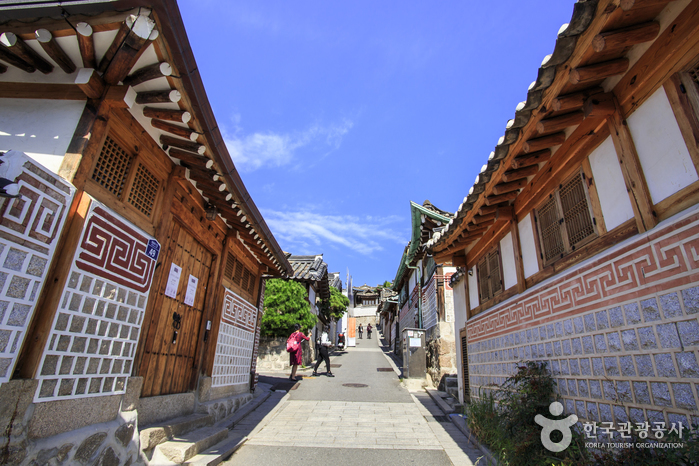

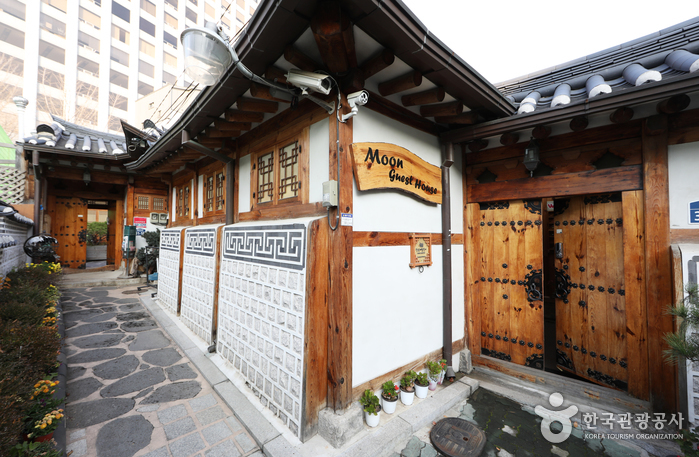
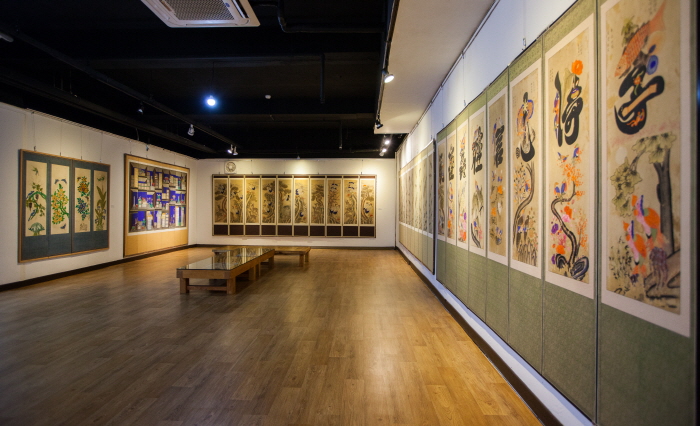
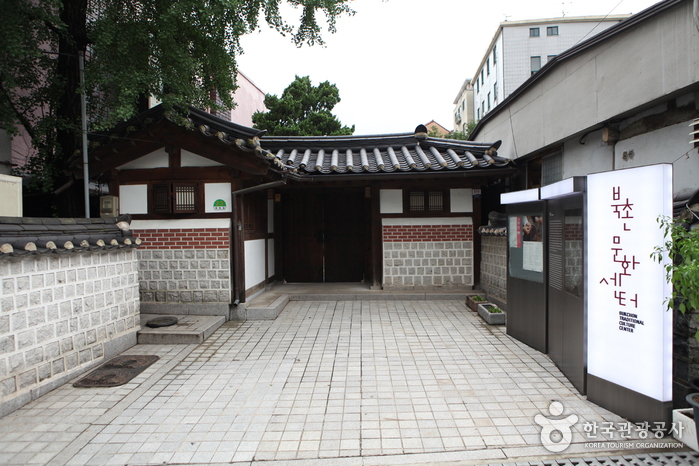
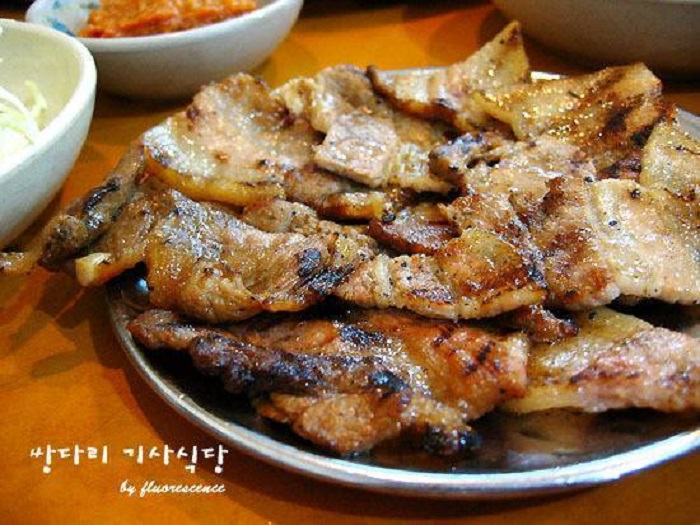
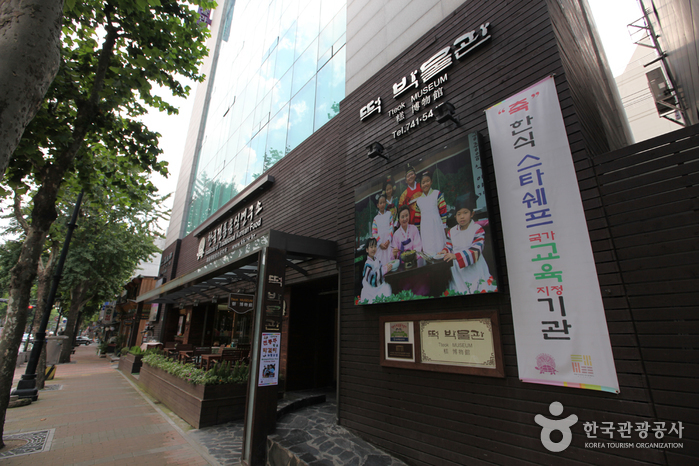
 English
English
 한국어
한국어 日本語
日本語 中文(简体)
中文(简体) Deutsch
Deutsch Français
Français Español
Español Русский
Русский